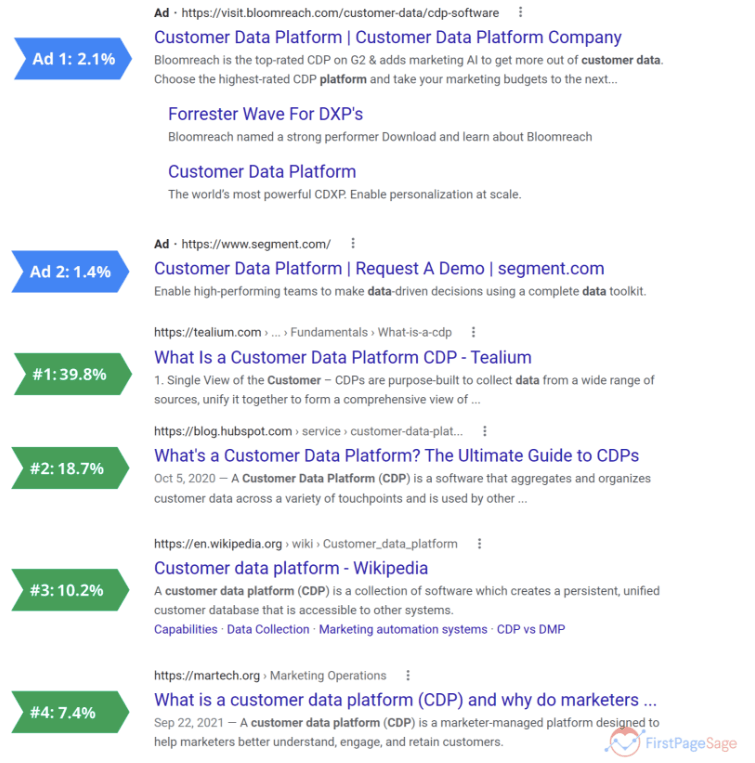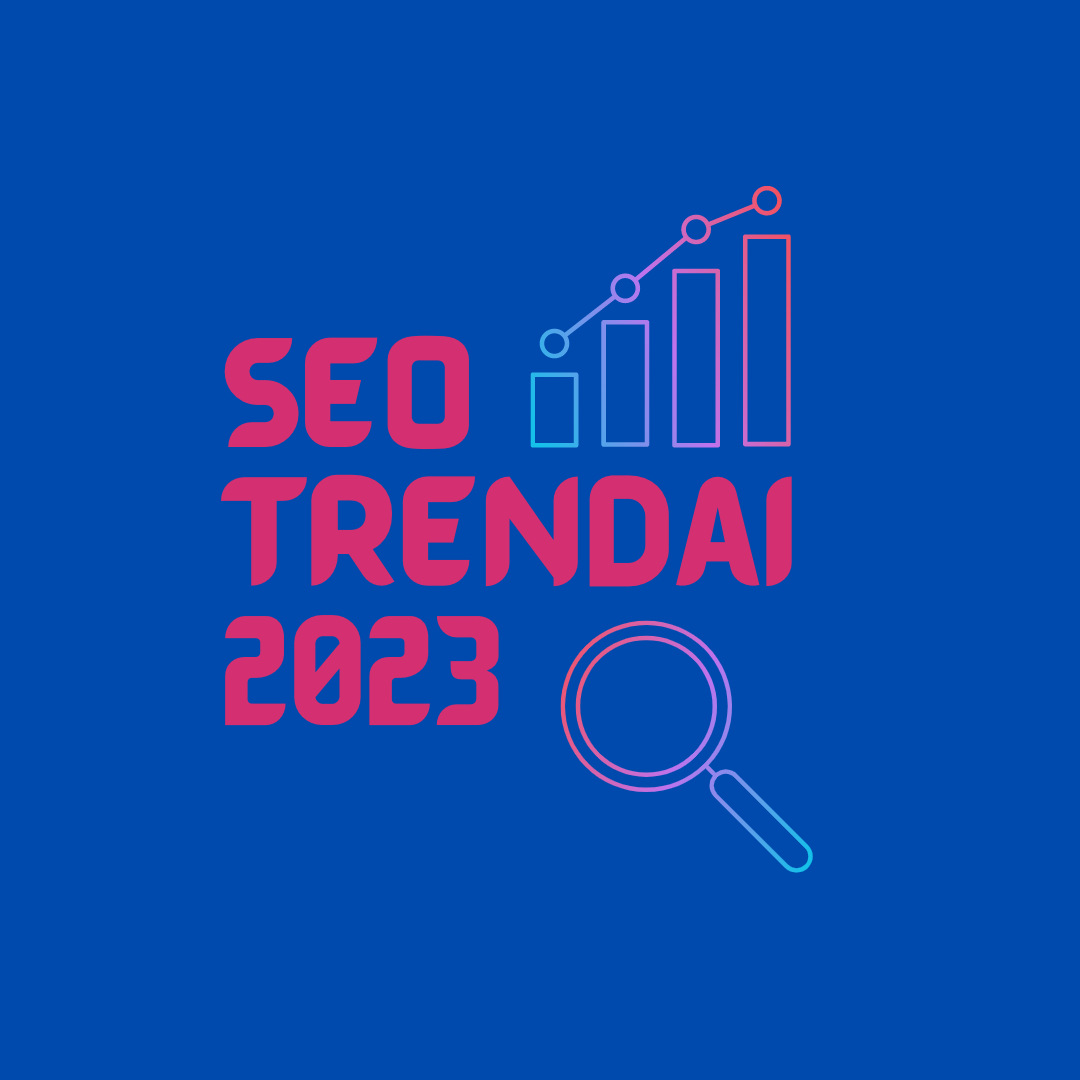At some point, the question for every marketing professional, entrepreneur or agency is: "What percentage of organic traffic should really convert into leads?" This question is often asked for a reason, as a higher conversion rate is often like an indicator of incoming success.
Moreover, leads from traffic channels such as organic search have a higher conversion rate than traditional advertising: the conversion rate of leads from SEO results is on average about 2-5% and higher, while traditional advertising such as emails or print advertising has a conversion rate of only 1.7%.
So what is a good conversion rate for organic search traffic? Before looking at the numbers, it's worth making sure we have the same understanding of terms like organic traffic, leads and conversion rate.
Organic traffic: this term defines the visitors who came to your website after a search using the keywords for which your website is now ranking. When users search for certain terms or phrases in Google search engines, they click on a link offered organically by the search engines (rather than a paid advert) and are redirected to your page. This is known as organic traffic.
Potential customers: these are users who have visited your website and have taken the opportunity to get in touch with you, e.g. by signing up, subscribing to your newsletter or similar.
Conversion rate: this term focuses on the conversion rate between visitors and leads, or the percentage of users who visited a website and took an action that resulted in a potential or actual purchase.
So what is the number?
Now that we are sure we understand all the terms correctly we can discuss the numbers. Let's keep in mind that specific conversion rates vary widely depending on industry, website size, search engine impressions and landing pages.
The overall average of organic traffic that converts into leads should be around 6%.
By looking at the different industries, we can see what their organic traffic conversion rate should be.
- Professional Services: 12.3%
- Industrial: 8.5%
- B2B Services: 7%
- B2B Tech: 1%
- B2B eCommerce: 3.5%
- Travel: 3.5%
If your figures are not very similar to the averages above, do not be surprised. Many factors can affect the average organic traffic conversion rates. These are some of the most popular and recurring ones.
1. Your position on the search engine results page (SERP)
Potential customers are looking for products or services like yours, but whether they reach your website and become potential customers depends on how your website ranks in search engines.
In 2024 First Page Sage research has shown that on Google, 39.8% of organic clicks go to position 1, 18,7% of organic clicks go to position 2, and 10,2% of organic clicks go to position 3. From there, the numbers drop off rapidly, so if your page is not on page one or two for a particular keyword, chances are you won't get a lot of traffic for that keyword.

2. Your industry
Certain industries see lower average conversion rates for many reasons.
For example, products or services with a very long sales cycle, very high prices or a very niche market may receive fewer conversions from organic traffic.
However, some of these lower conversion rates can be compensated for by the conversion rate of traffic.
3. Content quality
Successful inbound marketing consists of visits, leads, customers, etc. - it's not just about the content you provide. It's about providing the right content that answers the user's questions, reflects their interests and guides them on their buyers' journey.
When it comes to content that increases your natural traffic conversion rate, it needs to do three things:
Firstly, it should optimize for the most relevant keywords to help you be visible in organic search.
Secondly, the content should reflect the specific needs and interests of the user. The third is that the content should contain suggestions or tips that are directly related to the topic and would be relevant to those who are interested or want to deepen their knowledge on the topic.
4. Number of pages on the website
The more pages a website has, the easier it will be found in organic search.
Blogging is one of the best ways to increase the number of pages and to get those pages ranked. As each of your posts becomes a separate page on the website, regular blogging can have a positive impact on the growth of your website's visitors.
According to HubSpot, businesses that blog 15 or more times a month get 5 times more traffic than those that don't blog at all. Businesses that increase blogging from once or twice a month to 9-15 times a month get twice as many leads.
5. Number of landing pages
Not surprisingly, the more landing pages you have, the more visitors are likely to become potential customers. It is a fact that companies often see a 55% increase in leads when they increase the number of landing pages from 10 to 15. If you are currently experiencing a drop in your lead conversion rate, try the simple suggestions in this article that may help you.
While there are many different factors that determine a website's organic traffic conversion rate, a solid marketing strategy and quality content can take your website well above the 6% average.
Source: Smartbugmedia.com



